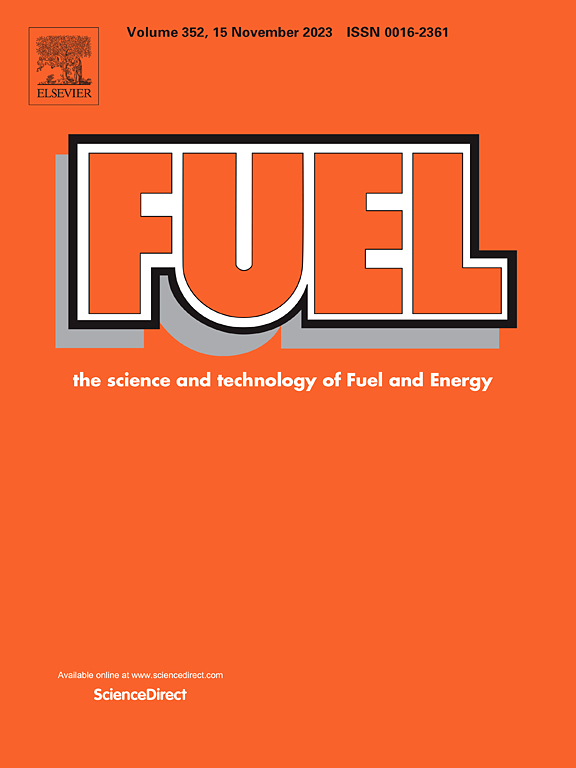Towards energy efficiency in Pakistan: An analysis of increasing integrated fuel demand using LEAP forecasting and backcasting
IF 6.7
1区 工程技术
Q2 ENERGY & FUELS
引用次数: 0
Abstract
Integrated energy planning is incomplete without precise estimation of long-term fuel demand forecast. Pakistan faces a shortage of reliable energy data and lacks dependable long-term demand forecasting models. Consequently, the country has not developed a comprehensive energy policy for its entire energy sector. Forecasting demand is essential due to population growth and dwindling fossil fuel resources. This study forecasts Pakistan’s fuel demand across all sectors of the economy under various scenarios using the LEAP modeling approach, accounting for both energy and non-energy demand. Eight scenarios were developed to provide a clearer picture of fuel demand, while energy supply analysis is covered in another article to address the challenges of the energy demand–supply chain. By 2040–41, fuel demand could reach 129.7 million tons of oil equivalent (MTOE) in the Business-as-Usual Scenario (BAUS) and 261.7 MTOE in the High Growth Scenario (HGS) without demand management and energy efficiency measures, while with these measures, demand is projected to fall between 95.7 MTOE and 201 MTOE. The projected fuel mix for 2040–41 includes electricity (15.17%), natural gas (33.46%), CNG (2.79%), oil (32.88%), coal (13.38%), and LPG (2.32%). Environmental emissions from fuel consumption are expected to reach 671 million metric tons of CO2 equivalent (MMtCO2E) in the HGS in the terminal year, compared to 320.4 MMtCO2E in the BAUS. Energy efficiency measures could reduce emissions in 2040–41 to 87.12 MMtCO2E in the BAUS, with potential reductions of up to 158 MMtCO2E in the HGS. For higher demand growth, the study recommends increased reliance on renewable energy and indigenous resources rather than imported fossil fuels to ensure energy security, sustainable supplies, and a cleaner environment. This research aims to assist the Government of Pakistan in achieving Sustainable Development Goal 7 (Affordable and Clean Energy for All).
求助全文
约1分钟内获得全文
求助全文
来源期刊

Fuel
工程技术-工程:化工
CiteScore
12.80
自引率
20.30%
发文量
3506
审稿时长
64 days
期刊介绍:
The exploration of energy sources remains a critical matter of study. For the past nine decades, fuel has consistently held the forefront in primary research efforts within the field of energy science. This area of investigation encompasses a wide range of subjects, with a particular emphasis on emerging concerns like environmental factors and pollution.
 求助内容:
求助内容: 应助结果提醒方式:
应助结果提醒方式:


